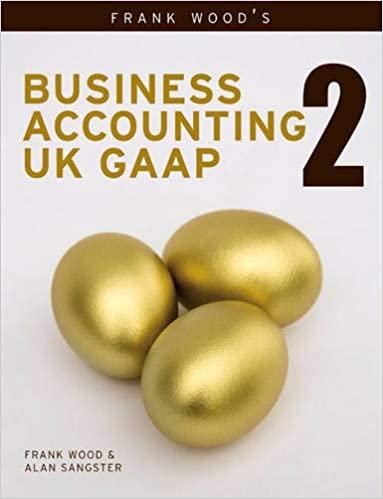Question
Two variable inputs and two rules of thumb. This problem will use the following rules, which are derived from our cost theory (Chapter 10) and
Two variable inputs and two rules of thumb. This problem will use the following rules, which are derived from our cost theory (Chapter 10) and firm profitability (Chapter 11). These statements appear less formal than those in the N&S text, but actually are carefully phrased. (Source: Michael Bayes Managerial Economics and Business Strategy.) Cost-Minimizing Input Rule (Last Dollar Rule) : To minimize the cost of producing a given level of output, the marginal product per dollar spent should be equal for all inputs: MPL/w = MPK /r. Equivalently, to minimize the cost of production, a firm should employ inputs such that the rate of technical substitution is equal to the ratio of input prices: MPL/MPK = w/r. (That is, the effectiveness of the last dollar spent should be equal across all inputs.) N&S 336/328, eqn. 10.6 Profit-Maximizing Input Usage: To maximize profits, use inputs at levels at which the marginal benefit equals the marginal cost. More specifically, for labor, when the cost of each additional unit of labor is w, continue to employ labor up to the point where the marginal revenue product of labor MRPL = w, in the range of diminishing marginal product. (Note: marginal revenue product of labor is also called the value of the marginal product of labor, VMPL). (The same rule applies to any variable input, just change the variable names.) (N&S 38990/381-82.) Your problem: Your coffee & wine bar is going great guns and you are considering two options, and for some reason you can do only one of them: A - LATER HOURS: staying open two hours later (later period option), or B - EXTRA WORKER: adding another worker during your busy early evening period; this also lasts two hours. The costs per hour for staying open later are $40; the costs per hour for adding another worker in the busy period are $30. The marginal product per hour in the later period is 14 customers served per hour, the marginal product per hour of adding a worker in the earlier period is 12 customers per hour. (Assume an extra customer spends about the same amount of money at either time.)
a) Choose between the options based on greater output per dollar of input, setting up the problem using the last dollar rule.
b) Now suppose each customer spends $8. Starting with the marginal product per hour, calculate the values of the marginal product (the marginal revenue product) MRPA (late option) and MRPB. (Show your work and results.) According to our Profit-Maximizing Input Usage rule, would you pursue either option? Would you pursue both options if that were possible? Why?
c) Calculate total profits under each option, A and B. (You may already have done this in (b).) Which provides greater total profit? Does this imply the same choice as (a)? What is wrong? (Hint: a necessary assumption for the last dollar rule is being violated here; read the rule over carefully.)
d) Comparing your MRPs per hour to your costs per hour, do you think it might be worth staying open more than two extra hours, or adding more than one additional worker during the busy period? Why? Do you think this same logic would lead you to stay open all night or hire an indefinitely large number of workers? Explain.
Step by Step Solution
There are 3 Steps involved in it
Step: 1

Get Instant Access to Expert-Tailored Solutions
See step-by-step solutions with expert insights and AI powered tools for academic success
Step: 2

Step: 3

Ace Your Homework with AI
Get the answers you need in no time with our AI-driven, step-by-step assistance
Get Started


